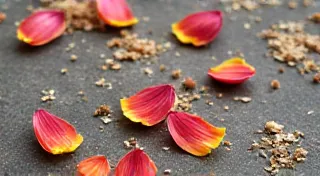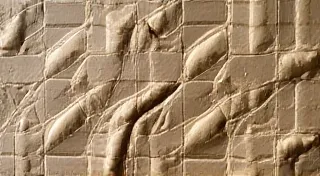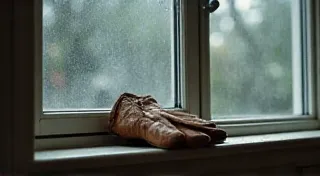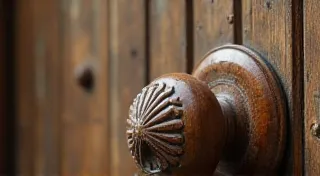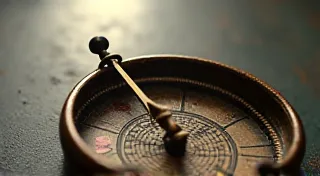Chromatic Echoes: Decoding the Palette of a Bygone Era
There's a peculiar comfort, a tactile joy, in holding a vintage coin purse. It’s more than just a small container; it’s a whisper from the past, a tiny portal to a world rendered in shimmering celluloid, intricate beading, and the bold hues of a forgotten age. As collectors, we’re not merely acquiring objects; we’re inheriting narratives, inheriting a legacy of design, craftsmanship, and a surprisingly poignant reflection of the cultural landscape. This article delves into the captivating color palettes of vintage coin purses, exploring how these seemingly insignificant accessories mirror broader trends in fashion and art history, offering us a surprisingly intimate view into the past.
My fascination began, as many do, unexpectedly. I found a small, beaded purse at a flea market, its colors muted but undeniably charming. It wasn't the value that captivated me, but the feeling. A sense of connection to the woman who might have clutched it in her hand, the echoes of laughter, the rustle of silk, the faint scent of powder. It’s this elusive sense of time embodied in these objects that fuels the collector’s pursuit.
The Roaring Twenties: Jazz Age Jewels
The 1920s, often referred to as the Jazz Age, was a period of unprecedented social and artistic revolution. Post-war optimism blended with a desire for liberation, and color played a vital role in expressing this newfound freedom. Coin purses of this era burst with vibrancy. Think of Art Deco’s geometric patterns rendered in jewel tones – emerald green, sapphire blue, ruby red, and shimmering gold. These weren’t subtle shades; they were declarative statements, reflecting the opulent lifestyle of the era. Lacquered celluloid purses, often adorned with intricate metalwork or glass beads, became fashionable accessories for flapper girls and the fashionable women of the time. The prevalence of metallic accents—silver, gold, and bronze—reinforced the sense of luxury and glamour. These colors mirrored the influence of Russian ballet, a significant artistic influence of the time, and the growing popularity of exotic travel.
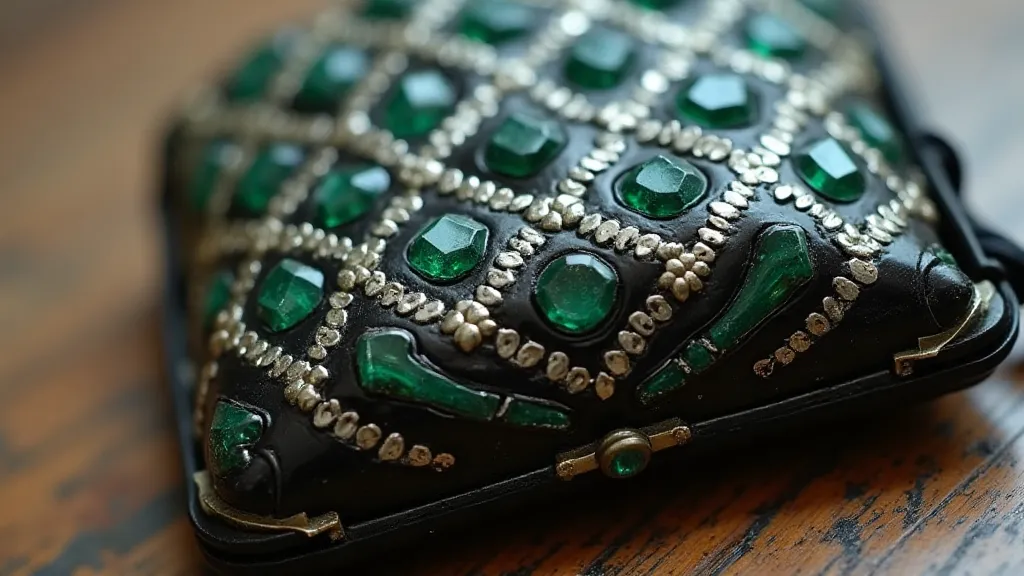
The 1930s: A Palette of Restraint
The exuberance of the 1920s was abruptly tempered by the economic hardships of the 1930s. The Great Depression brought a wave of austerity, and this directly impacted fashion and design. The bold colors of the previous decade gave way to a more subdued palette. Greys, browns, creams, and muted blues became dominant. While pops of color existed, they were often restrained – a touch of rose pink or a delicate lavender amidst a sea of neutrals. These colors reflected a desire for practicality and a downplaying of ostentatious displays of wealth. The materials also shifted; cheaper alternatives to celluloid, like faux pearl and simpler fabrics, were more common. The focus shifted to texture – embossed patterns, quilted surfaces, and intricate stitching became ways to add visual interest without relying on vibrant colors.
Post-War Prosperity: The 1950s and Beyond
The post-World War II era brought a renewed sense of optimism and a longing for normalcy. This translated into a bolder and more playful approach to color. The 1950s saw a revival of brighter shades – cherry red, turquoise, lemon yellow, and pastel pinks. The influence of mid-century modern design is evident in the clean lines and cheerful colors of coin purses from this era. The introduction of new plastic materials allowed for a wider range of colors and finishes, including glossy surfaces and innovative patterns. The rise of television and popular culture also played a significant role, with coin purses often mirroring the colors and styles seen in advertising and film. Think of the playful polka dots and whimsical floral prints that characterized many accessories of the time.
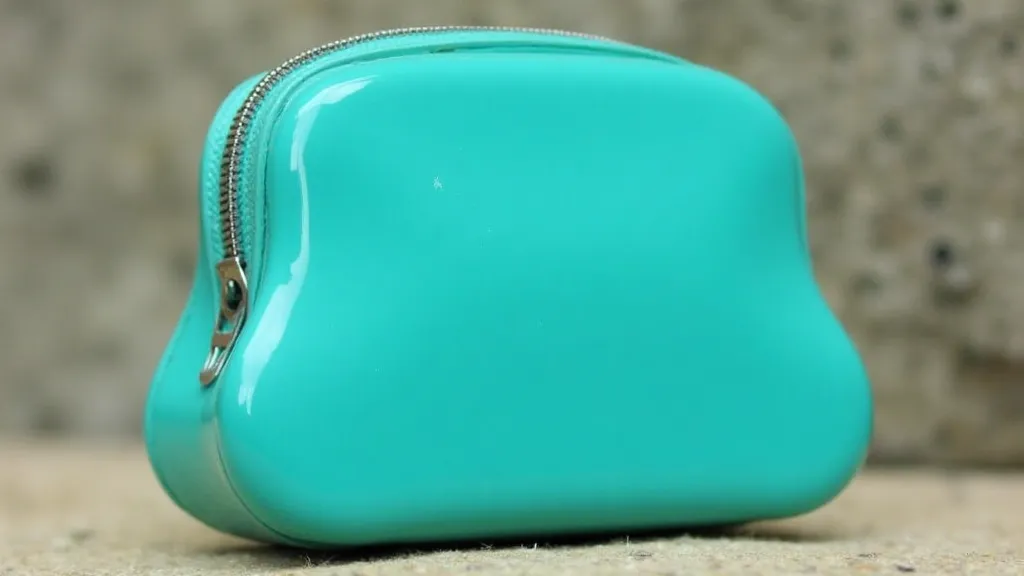
The Swinging Sixties: A Psychedelic Bloom
The 1960s were a decade of revolution – social, political, and artistic. This was reflected in a riot of color – think psychedelic patterns, bold contrasts, and unexpected combinations. Coin purses from this era embraced the vibrancy of the era, featuring designs inspired by pop art, Op art, and the burgeoning counterculture movement. Fluorescent colors, metallic finishes, and playful graphics were commonplace. The influence of fashion icons like Jacqueline Kennedy and Twiggy further popularized these trends. The space race also contributed to the aesthetic, with silver and white becoming prominent colors, symbolizing a futuristic vision.
The 1970s: Earth Tones and Disco Glam
The 1970s presented a fascinating dichotomy in color trends. The early part of the decade saw a move towards earthy tones – browns, oranges, yellows, and greens – reflecting a growing interest in nature and organic living. These colors were often paired with natural materials like leather and suede. As the decade progressed, the influence of disco culture brought a return to glamour and sparkle. Gold, silver, and vibrant jewel tones like emerald green and sapphire blue became popular once again. Coin purses from this era often incorporated both earth tones and disco glam elements, creating a unique and eclectic aesthetic.
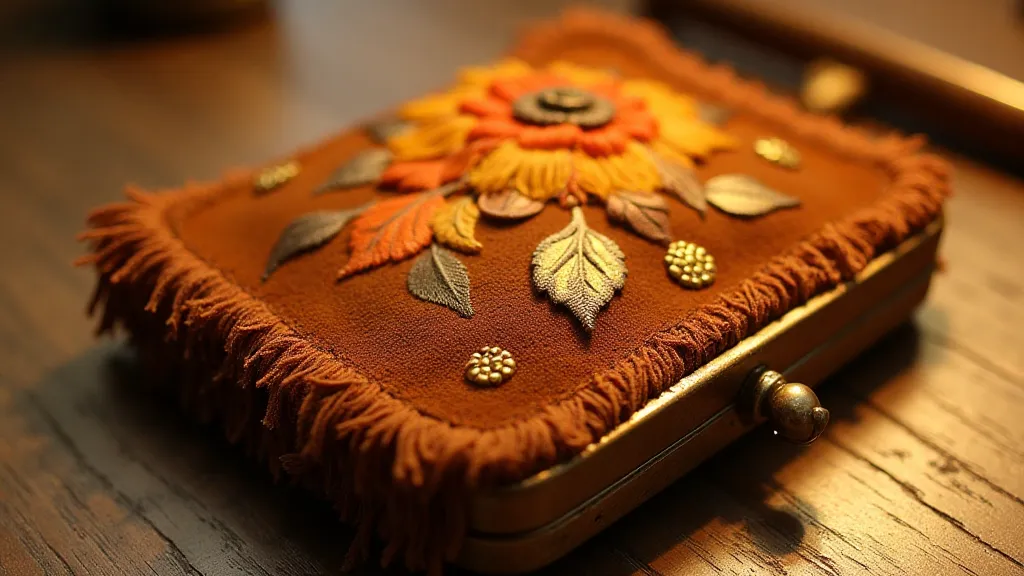
Collecting and Preservation: Echoes to Protect
As collectors, we have a responsibility not only to appreciate the beauty and history of these vintage coin purses, but also to preserve them for future generations. Gentle cleaning with mild soap and water can help to remove dirt and grime. Storage in a cool, dry place away from direct sunlight can prevent fading and deterioration. Understanding the materials used in construction – celluloid, plastic, leather, fabric – helps inform appropriate care techniques. Even the smallest details—the clasp, the lining, the stitching—tell a story about the craftsmanship of the era. Each piece we acquire is not just an object, but a fragment of a forgotten world, a chromatic echo waiting to be deciphered and cherished.
The next time you hold a vintage coin purse, take a moment to appreciate the story it tells. Consider the era it represents, the colors it embodies, and the hands that once held it. It's a tangible link to the past, a tiny treasure that can bring a world of history and beauty into our lives.
